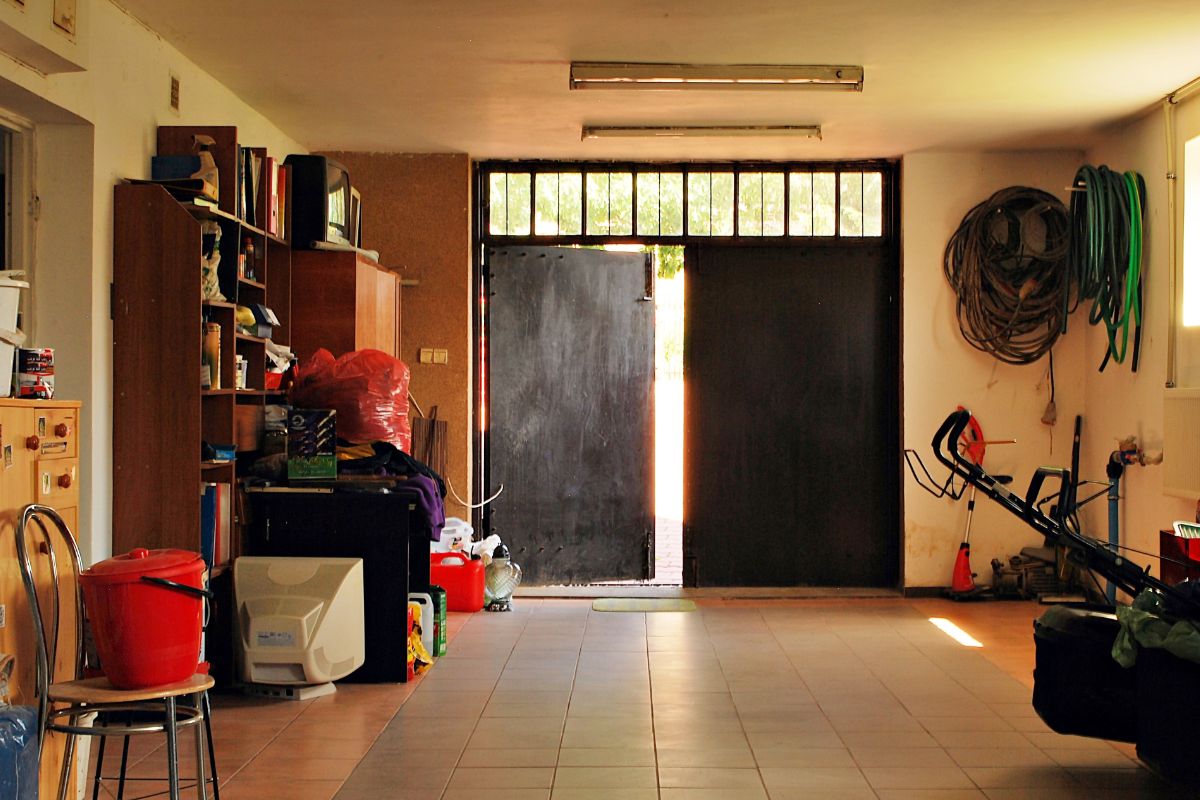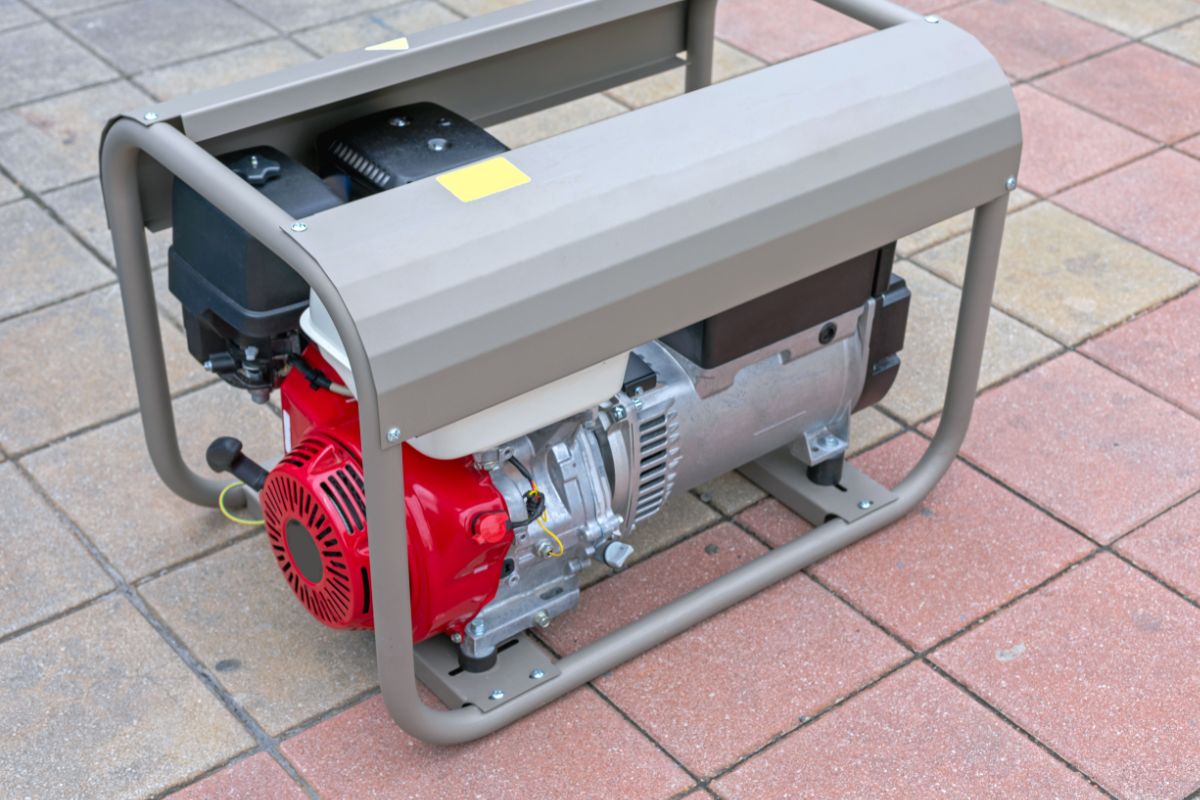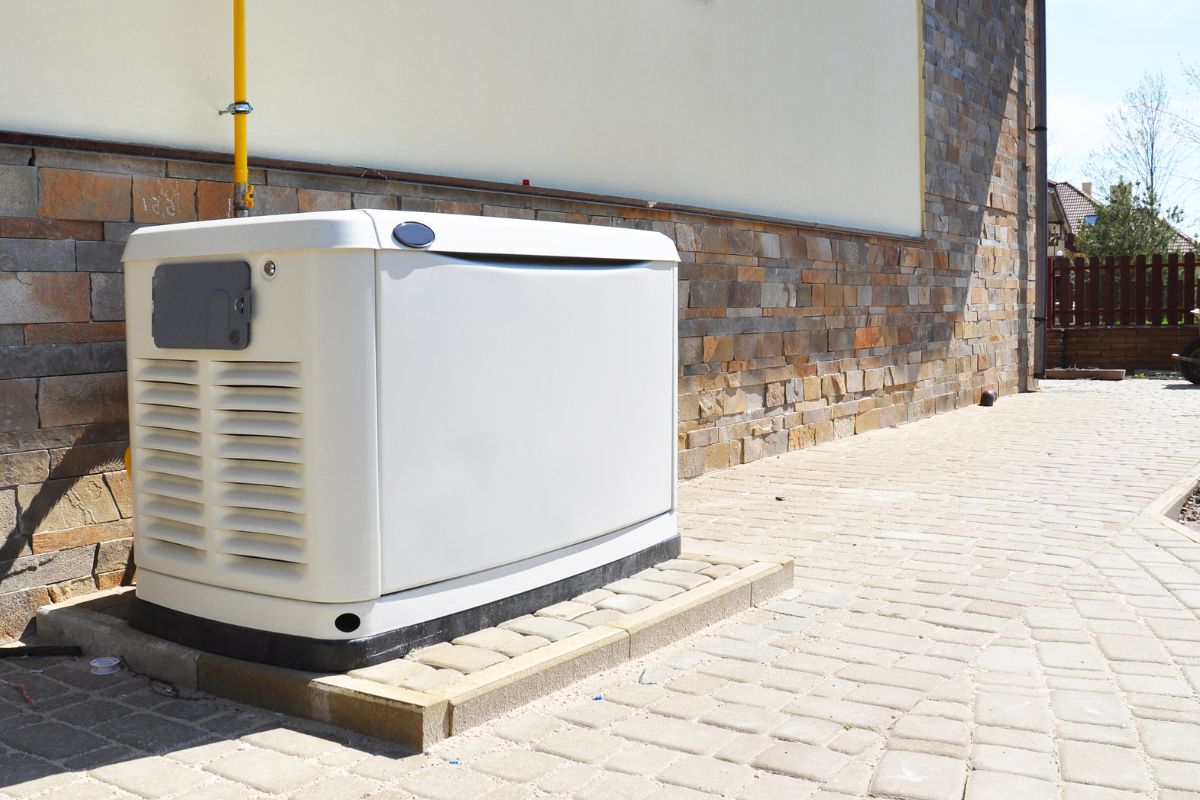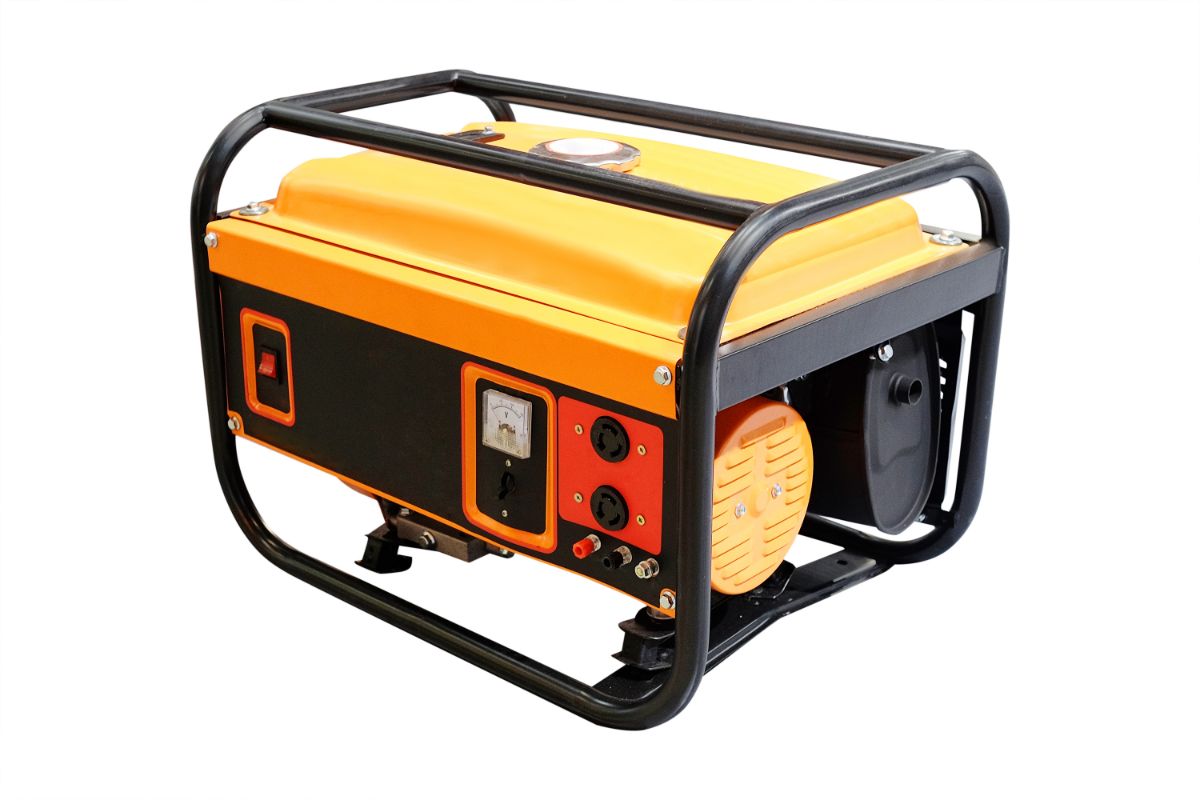I love traditional bikes as much as the next bike rider, but sometimes, they’re just not practical. Can they help reduce your carbon footprint on the commute? Yes, but then you arrive at work dripping with sweat. Are they a great way to get some exercise? Yes, but your ability to explore is limited by your fitness level.
An electric bike solves those problems and then some, but push-bikes are expensive enough as is. Throw in a fancy battery and electric motor, and the price tags have to be ridiculous, right? Does this mean you’re doomed to a life of perpetual pedaling and strife? Not if I have anything to say about it!
After much research and testing, I present to you today, a list of the 5 best e-bikes you can buy for less than $1000.

Best Electric Bike Under $1000: Reviews
OUR TOP PICK
ANCHEER Electric Mountain Bike
EDITORS CHOICE
Climates-Speedrid Electric Snow Bike
BEST VALUE
ECOTRIC Peacedove Electric Cruiser Bike
OUR TOP PICK
ANCHEER Electric Mountain Bike
Best Overall
While it’s pegged as a mountain bike, this Ancheer masterpiece makes for the perfect green solution to your commuter conundrum.
The 350 watt motor offers top speeds of 20 mph, ensuring you’ll get to where you’re going on time, and, during our tests, we found that the tires could handle some pretty gnarly terrain.
It’s a hybrid model, meaning it has a throttle mode that gives you a sudden burst of speed (perfect for quick acceleration at a traffic light), and pedal assist mode for when you want a breezy ride that won’t work up too much of a sweat.
Within pedal assist mode are 4 speeds, so you can match the motor output to any circumstance and preserve battery power.
Speaking of battery power, we found that the Ancheer lithium-ion cell will take you 22–40 miles on a single charge, depending on the terrain, weather, and load weight, plus, the battery can be removed from the frame for easy charging!
Pros
- Versatile tires — Good for on- and off-road.
- 20 mph — Get to your engagements on time.
- Hybrid — Lots of assist options.
- Mileage — up to 40 miles on one charge.
Cons
- 350-watt motor — Not the most powerful motor in the world.
The Ancheer 350 W Electric Mountain Bike can also be found at…
EDITORS CHOICE
Speedrid Electric Snow Bike
Best For Snowy Climates
If winter’s more of a year-round thing where you live, then you’ll have some special e-bike requirements, namely, a beefy motor, a robust battery, and thick tires. Well… the Speedrid Electric Snow Bike has them all!
The 500-watt brushless motor offers more than enough power to dominate the rise and fall of snowy mountains and valleys, ensuring you’re never late for important events.
A large-capacity lithium-ion battery handles the cold like it’s nothing, carrying you a minimum of 22 miles through the snowy roads you wake to each morning.
And the tires… they’re something else. These 26” monsters look like they’ve been pulled straight from an ATV — during our tests, they ate snow and slush for breakfast!
But despite the specialist application of this model, it still delivers on all the core essentials: It’s comfortable to ride, handling is off the charts, and with 5 levels of pedal assist, you can tailor each ride to your liking.
Pros
- Tire width — Snow is no longer an obstacle.
- 500-watt motor — Devours hills!
- Battery capacity — 22-mile minimum.
- Pedal assist x 5 — Flexible speed options.
Cons
- Price — You may have to smash your piggy bank.
- Tire weight — Slows max speed down on flat areas.
The Speedrid Electric Snow Bike can also be found at…
BEST VALUE
ECOTRIC Peacedove Electric Cruiser Bike
Best Cruiser
If you live in a hilly environment, the average weekend cruise can be just as exhilarating and exhausting as a mountain bike trail, which is why a little motorized assistance doesn’t go amiss.
By mounting the battery against the rear of the seat tube rather than the down tube, Ecotric has managed to create a bike with all the classic elegance of traditional cruiser designs, and all the modern benefits that come with the “E” makeover.
A 350-watt motor means you can zoom around town at a maximum 21 mph, and although during tests we found that hills slow it down a little, even steep inclines weren’t enough to stop this little beauty.
A hybrid design, you can choose throttle for zero effort on your part, or pedal assist for when you want to get some exercise (but not too much), and you should be able to travel for 20 miles on a single charge at the very least.
Oh, and did I mention that it’s one of the most comfortable bikes I’ve ever ridden? Well, it is!
Pros
- Design — Robust and elegant.
- Hybrid system — Comes with both throttle and pedal assist.
- Comfort — Reduces strain over long rides.
- Basket — Both cute and practical.
Cons
- Levels of assist — There’s only one.
The Ecotric Peacedove Cruiser can also be found at…
RUNNER UP
ANCHEER Folding Electric Bike
Best Foldable
With an almost BMX-like form, this foldable design from Ancheer combines both style and functionality in a perfect marriage, proving that you don’t have to sacrifice cool for practicality!
Yep, that’s right, folks… this thing folds up, and it folds up small! And not only is this great for managing your ride after a commute (it’ll fit under your desk), but for storage in general.
However, at 55lbs, it’s not the lightest contraption in the world, so if you have some flights of stairs to conquer to reach your workspace, you may have an issue.
On the bright side, at 350 watts, the motor is pretty great.
We managed to hit the advertised 20 mph speed limit on flat areas without any trouble during our tests, and it’s pretty impressive on inclines too. Combine that with a 30-mile battery charge, and you’ve got a very impressive e-ride indeed!
Pros
- Foldable — Great for storage.
- Charge — up to 30 miles per charge.
- Style — Looks awesome!
Cons
- Weight — Folds small, but “portable” might be a stretch.
- Not very versatile — Not designed for off-roading of any kind.
The Ancheer Folding Electric Bike can also be found at…
RUNNER UP
ECOTRIC All-Terrain Electric Bike
Premium Pick
If you’re hoping to eke out as much quality and performance from your 1K as possible, then look no further than this magnificent beast from Ecotric.
With a ferocious 500-watt brushless motor and bulky tires with mean lugs capable of mastering any landscape, this is the bike for those who refuse to compromise!
And when I say “any landscape”, I really mean it. We tried this thing on snow, sand, grass, wet mud, and, of course, concrete, and it wasn’t phased by any, so if you like to mix it up a bit with your routes, this one bike can handle it all.
Another hybrid model, you can choose between throttle mode (no pedaling), and pedal assist mode (some pedaling), and it has a 23.6 mph factory top speed, but it’s fully adjustable if you want to go even faster.
My only gripe with this model is that the battery tops out at 33 miles per charge, which is still decent, but not quite as impressive as some other models on this list.
Pros
- 500-watt motor — Fast and powerful. Adjustable, too.
- All-terrain construction — Can take whatever the world throws at it.
- Hybrid — Flexible riding modes.
- Build quality — High-end components offer longevity and a nicer ride.
Cons
- Miles per charge — 33.55 miles max.
The Ecotric All-Terrain Electric Bike can also be found at…
Best Electric Bike Under $1000: Buyer’s Guide
Not many of us know what makes one traditional bike better than the next, so adding a bunch of complicated electronics into the mix certainly doesn’t help matters.
Not to worry, though, as I have created this brief yet comprehensive electric bike buyer’s guide to help you chart a course for the e-bike of your dreams!
Electric Bike Class
Class 1
Class one bikes are strictly pedal assist electric vehicles, by which I mean that they don’t have a throttle, and thus, won’t pedal for you. To start the motor of a Class 1 e-bike, you have to pedal manually.
Once you’re up and going, the motor will provide a predetermined level of assistance to make pedaling much easier.
Bikes in Class 1 will always have a top speed of 20 miles per hour.
Class 2
Class 2 bikes are usually hybrid contraptions with both pedal assist and throttle modes. This means that, if you want, the motor can drive your bike for you; however, this leisurely mode consumes an awful lot of energy, which is why you can also use the standard pedal assist mode to conserve battery power.
Much like Class 1 e-bikes, Class 2 electric bikes have a top speed of 20 mph.
Class 3
Class 3 bikes have the same pedal assist function as their Class 1 counterparts, but these bad boys can typically reach speeds of 28 miles per hour. This is 8 miles faster than the legal limit in the US, so you’ll have to be careful not to exceed it as you zoom about, but it’s nice having a bit of headroom to carry heavier loads or tackle hills at a decent pace.
A Note On Top Speed
When you see the top speed of an e-bike advertised, it refers to the speed at which the motor will assist you. They can go faster, say, if you’re pelting it down a monstrous hill, but beyond this point, you’re on your own, so to speak.
Battery Type
Electric bikes can have a sealed lead acid, nickel, or lithium battery. These days, most models should arrive with a high-quality lithium cell battery as they’re lighter, smaller, more efficient, and generally more durable than the other two battery technologies.
Personally, I wouldn’t settle for anything less than a lithium battery, so if you do come across an SLA or nickel model, even if they seem like a sweet deal, it’s in your best interests to pass them by.
Battery Charge
What use is an e-bike if the battery runs out of juice after a couple of miles? What you need is a beefy battery that can take you all the way and back again.
To determine how far a battery will take you, you need to know the watt hour rating. This figure alone won’t give you a precise distance, but, generally speaking, the higher the watt hours of a battery, the longer a single charge will last.
You can figure out watt hours of a battery by multiplying its voltage by its amperage.
Battery Mount
Not only will you have to decide on battery type and power, but how it’s incorporated into your bike’s frame too. You have three options here:
- Bay
The most common type of battery mount is a bay on the top side of the down tube. Although it’s exposed, the battery pack enclosure will be robust enough to handle impacts, and removing it for charging couldn’t be easier.
However, if you’re planning on tearing it up through some extreme terrain, it may be better to choose a more discrete setup.
- Semi-Integrated
A semi-integrated battery is partially embedded in the frame of your bike. It’s more secure than a bay mount, and it looks a darn sight sleeker.
- Integrated
And integrated batteries are, you’ve guessed it… fully enclosed in the bike’s frame (usually the down tube). This type of mount is the most secure of all but can be difficult when the time comes to recharge.
Some e-bikes with this kind of battery mount may not release the battery at all, which means you’ll have to bring the whole thing indoors for a charging session.
Battery Charging Time
You’re looking at 3.5 to 8 hours for an e-bike battery to recharge. Don’t get me wrong, fast charge times are definitely a bonus, but, in my opinion, it’s not a benefit worth paying a premium for, as it’s unlikely you’ll be going on two rides so close together.
Motor Mount And Power
When it comes to motor power, you need to focus on the watts. The higher the wattage, the less of a burden rider, cargo, and bike weight will be, hence, it will travel faster.
In terms of motor type, you have two options:
- Hub Drive
Hub drive motors are stationed on the hub of the rear wheel. Now, seeing this type of motor is directly positioned on the component of the bike it needs to power, you’d be forgiven for thinking that it was the most efficient choice, but that’s actually not the case.
- Mid Drive
Mid drive motors are the higher-performing type of motor as they’re connected to the drivetrain crank, amounting to greater torque.
Breaks
E-bikes come with either mechanical or hydraulic disc brakes. Hydraulics have more stopping power, but they’re more expensive, so, with your budget, you’ll likely have to settle for mechanical.
Weight Capacity
The heavier the load, the harder it is for the battery and motor of an e-bike to perform to spec, which is why you should always consider your own weight as well as the bike’s weight capacity before buying one.
Fixed Or Foldable?
If you’re a commuter, is there a place you can keep your e-bike while you work, or will you need to fold it up and bring it into the office with you?
Best Electric Bike Under $1000: Frequently Asked Questions
How much is a decent e-bike?
While electric bikes under $1000 are generally considered entry-level, that by no means indicates that all below this price point are not good. There are some great e-bikes to be found from $400 and above.
Do you need a license to drive an electric bike in the US?
In most states, you will not need a license to own or ride a Class 1, 2, or 3 electric bike; however, certain states will require a license for any Class 3 model that can travel at 28 miles per hour or above.
What is a hybrid electric bike?
The term “hybrid electric bike” refers to Class 2 e-bikes that use both a throttle system and a pedal assist function.
What is the best wattage for an electric bike?
There is no one-shoe-fits-all answer to this question. The bike with the best wattage for you will be the one capable of meeting your needs.
Generally speaking, the higher the wattage of your motor, the faster your bike will be able to travel and the better it will handle weight. So, if you’ve got a lot of uphills to conquer on your commute or weekend ride, then a higher wattage is required. Should you be dealing with mostly flat ground, then you can save some money and shoot for a lower wattage motor.
What is the fastest e-bike?
As it stands, the fastest e-bike in the world is the Delfast Bikes Top 3.0, capable of traveling at an astounding 50 mph.
Is an electric bike better than gas?
In many ways, yes, an electric bike is better than a gas bike. For starters, e-bikes are much better for the environment, and they’re much cheaper to run, too!
Final Thoughts
We’ve covered some epic e-bikes here today. Did any of my picks catch your eye? As long as you heed the details discussed in the buyer’s guide, you’ll have no problem finding the perfect one for you!











